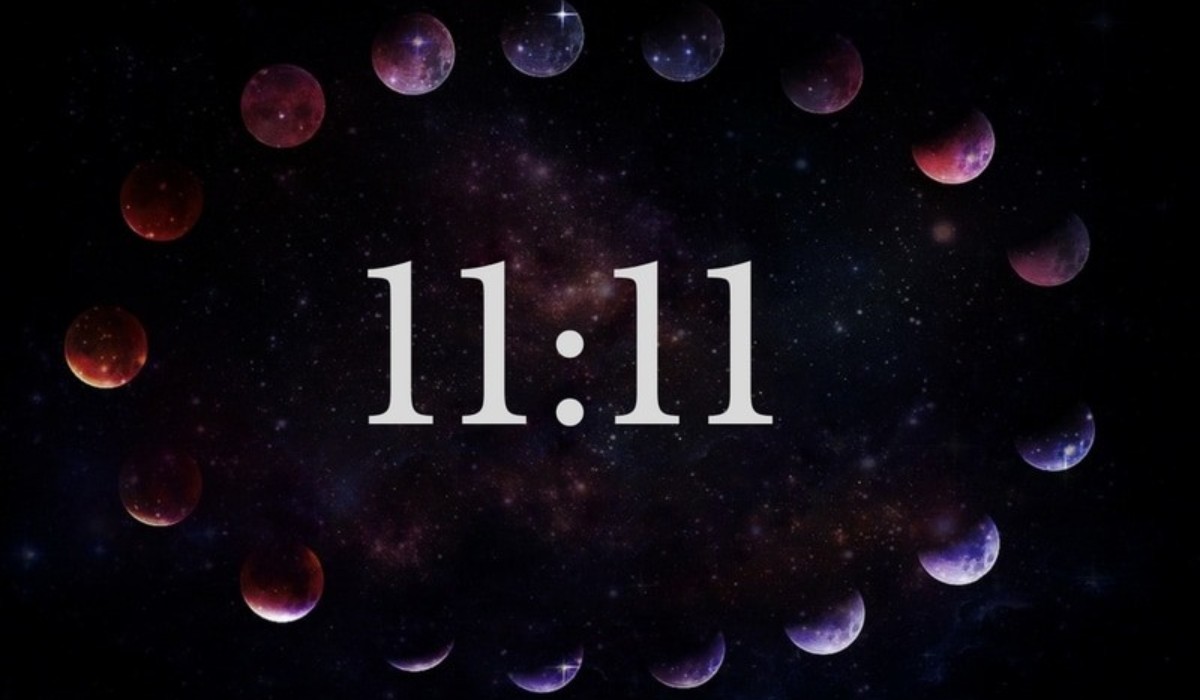The calendar we use today has evolved over centuries, with the lengths of months and the number of days carefully determined to synchronize with astronomical events. February, a peculiar month, stands out as the only one with either 28 or 29 days. But how was this decision made, and why is February not assigned 30 or 31 days like other months?
Historical Origins:
The origins of the modern calendar can be traced back to the Roman calendar, where the year initially had ten months totaling 304 days. The Romans observed a lunar calendar, with the remaining days in the lunar year unaccounted for. To align the calendar with the solar year, two months, January and February, were later added around 713 B.C.
Julian Calendar:
In 45 B.C., Julius Caesar introduced the Julian calendar, a reform that standardized the calendar year to 365.25 days. To accommodate this, February was assigned 28 days, with an additional day added every four years as a leap day. This system aimed to synchronize the calendar year with the tropical year, the time it takes for the Earth to complete one orbit around the Sun.
Also Read: Strategies for Effectively Managing Stress in Daily Life
Leap Year Adjustment:
The leap day was added to February to account for the extra 0.25 days in the solar year. By adding this day every four years, the calendar year closely approximated the actual length of the tropical year. This leap year adjustment has been retained in the Gregorian calendar, the calendar system most widely used today.
Gregorian Calendar:
In 1582, Pope Gregory XIII introduced the Gregorian calendar, refining the leap year rule established by Julius Caesar. The Gregorian calendar maintained the 28-day standard for February but modified the leap year rule. According to this rule, a year divisible by 4 is a leap year, unless it is divisible by 100 but not by 400. This adjustment ensures a more accurate alignment with the solar year.
Why Not 30 or 31 Days?
The decision to keep February with 28 or 29 days is rooted in the historical and astronomical efforts to harmonize the calendar with the solar year. Adding more days to February would disrupt this synchronization, as it would result in a calendar year longer than the tropical year, creating an eventual misalignment with the seasons.
The curious case of February and its 28 or 29 days reflects the intricate efforts throughout history to create a calendar that aligns with the Earth’s orbit around the Sun. The leap year system, established by Julius Caesar and refined by Pope Gregory XIII, ensures that our calendar remains a reliable tool for tracking time and seasons. Next time you glance at the calendar and notice February’s unique length, remember the centuries of astronomical observation and calendar reform that have contributed to its current form.
Also Read: पाकिस्तानी और ईरानी क्रू ने किया भारतीय नौसेना का धन्यवाद











